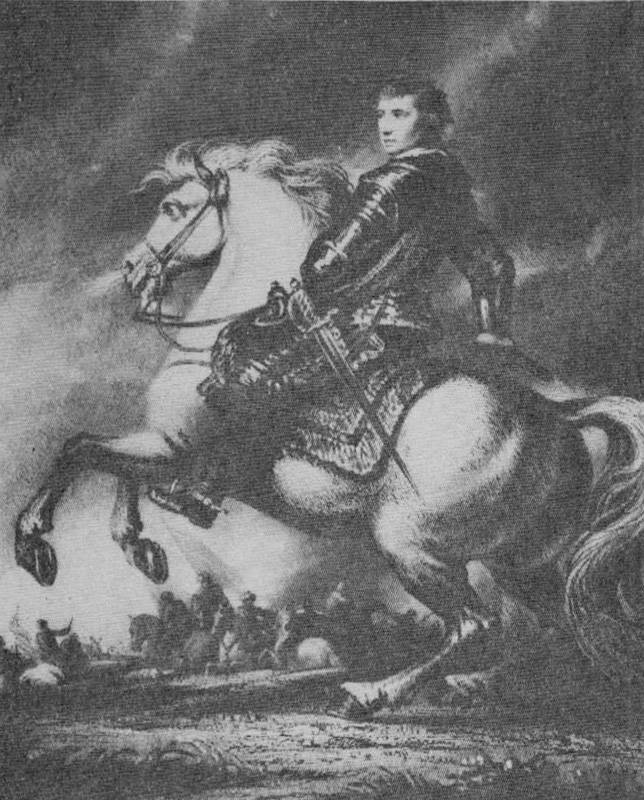
HISTORICAL EVENTS THAT TOOK PLACE ON THIS DAY IN CANADA
8 September

Lord Jeffery Amherst (1717-1797)
Montreal Surrenders
After the fall of Quebec, General Amherst spent the winter at Oswego, New York, gathering an army of 10,000 soldiers and 1,350 Indians. He also had another force at Crown Point, Lake Champlain, ready to march on Montreal from the south. Brigadier Murray's regulars at Quebec were to come up the river as soon as LÚvis had been driven off (see April 28) .
When the arrival of the British fleet forced General LÚvis to lift the siege at Quebec, he led his troops to Montreal as quickly as he could, leaving part of the force at Jacques Cartier to try to block Murray coming. up. He stationed another contingent at Ile-aux-Noix to check the British coming from Crown Point and a third at Fort LÚvis below Fort Frontenac (Kingston) to delay Amherst coming down the river.
Murray easily side-stepped the blockade at Jacques-Cartier, and Bougainville could not stop the British from Crown Point. Amherst had left Oswego with his huge force on August 9, and made good progress until he met the French under Captain Pouchot at Fort LÚvis. Pouchot fought cleverly, delaying Amherst until August 29. Then river pilots were picked up to manoeuvre Amherst's boats through the rapids. On September 7, a British army of 20,000 men surrounded Montreal.
The French position was hopeless. Governor Vaudreuil was willing to capitulate and sent Amherst a list of conditions under which he would surrender. One of them was that the French were to be allowed to march out of the city with honours of war, meaning their flags and guns.
Amherst would not agree but insisted that all the French troops in Canada must lay down their arms and not serve again during the war. General LÚvis was so angry that he burned the French banners that were in his keeping and threatened to hold out on St. Helen's Island.
On September 8, 1760, the British army marched into the city and the French surrendered at the Place d'Armes. The fleur-de-lis was lowered from the flagstaff and the red cross of Britain was raised in its place. That night, for the first time, British drums beat the sunset tattoo in the streets of Montreal.
OTHER NOTABLE EVENTS ON THIS DAY IN CANADIAN HISTORY
8 September
-1842 Parliament met at Kingston.
-1869 Governor Musgrave toured British Columbia to study the possibility of Confederation.
-1930 Parliament opened with R. B. Bennett as the new prime minister.
-1961 The University of Montreal was host to delegates from French-speaking universities from many parts of the world.